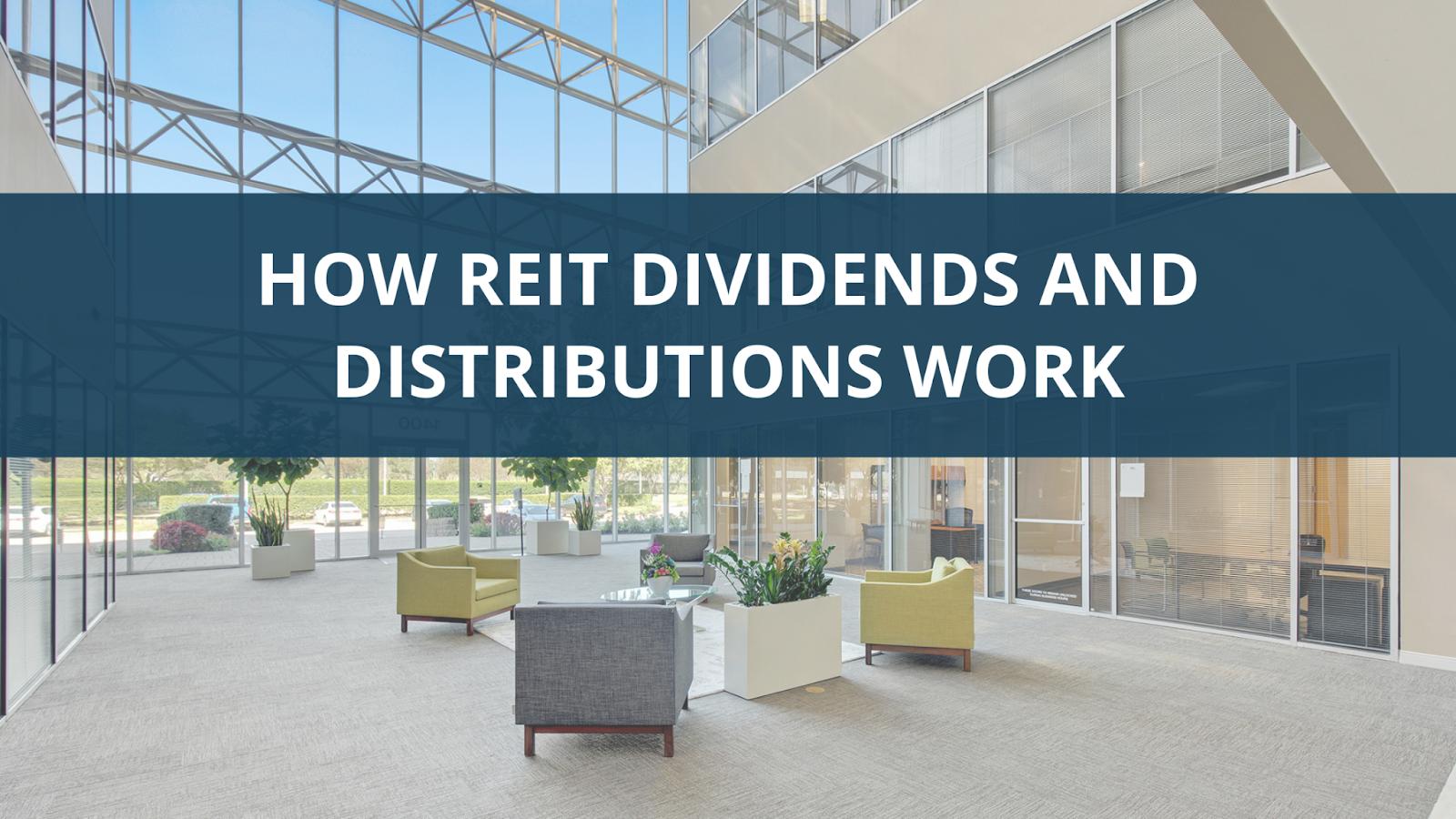
Forex traders must be familiar with the terms used. The Forex definitions help the trader to communicate more effectively and become more knowledgeable about the currency market. The more familiar the trader is with the language used in Forex, the faster they will learn the market and the better their chances will be at being successful in the market.
Forex has hundreds of terms to describe various market movements and financial event. Many of these terms can be understood easily because they are informal. For beginners, however, it can sometimes be difficult to understand the Forex definitions. Before diving into technical trading strategies, it's important to first understand the Forex market. An excellent Forex glossary will allow you to improve your trading vocabulary and increase your confidence.
Leverage is the most popular term in Forex. This is a type credit brokers give their customers to make it easier to control a larger share of the market. Leverage usually refers to a ratio. For example, 50:1 leverage can mean you can have a position that is fifty times larger then your initial deposit. A broker's willingness or inability to purchase or sell the base currency can be considered leverage.

A currency pair is a pair of two different currencies that are used to trade in the Forex market. Every currency pair receives two price quotes, the ask and the bid prices. The difference between the bid and ask price is called the spread. Spread is often expressed as pips.
Forex lots can be divided into three categories. These lots are varied in size. For example, a standard lot is equal to $100,000 of one currency, while a micro lot is equal to 1,000 of another currency. The minimum deposit requirement refers to the amount of money needed for a lot.
Margin is another term commonly used in Forex market. This refers to a percentage of your trading position. You can trade a position 1000x bigger than your initial deposit if you have a 1000 to 1 leverage.
Forex refers to the general economic climate in a country. This can have an effect on the market. The central bank might be less dovish if the country is in a recession. The central bank might be more hawkish if the economy is strong.

G20 Meeting is a group composed of the heads of state from major nations. It meets regularly to discuss issues relating to international economics. All heads of state can attend the meeting. While this meeting cannot be used to predict market movements, it can be used to help determine future market movements.
The Consumer Price Index, a financial term that measures the cost of consumer goods and services, is also used. This index can also be used to monitor inflation. If inflation rises, consumers' purchasing power decreases.
FAQ
How does Inflation affect the Stock Market?
Inflation affects the stock markets because investors must pay more each year to buy goods and services. As prices rise, stocks fall. Stocks fall as a result.
What's the difference among marketable and unmarketable securities, exactly?
The principal differences are that nonmarketable securities have lower liquidity, lower trading volume, and higher transaction cost. Marketable securities can be traded on exchanges. They have more liquidity and trade volume. These securities offer better price discovery as they can be traded at all times. But, this is not the only exception. For example, some mutual funds are only open to institutional investors and therefore do not trade on public markets.
Non-marketable security tend to be more risky then marketable. They have lower yields and need higher initial capital deposits. Marketable securities are usually safer and more manageable than non-marketable securities.
A large corporation may have a better chance of repaying a bond than one issued to a small company. The reason is that the former will likely have a strong financial position, while the latter may not.
Investment companies prefer to hold marketable securities because they can earn higher portfolio returns.
What is the trading of securities?
The stock market is an exchange where investors buy shares of companies for money. To raise capital, companies issue shares and then sell them to investors. Investors then sell these shares back to the company when they decide to profit from owning the company's assets.
Supply and demand are the main factors that determine the price of stocks on an open market. The price rises if there is less demand than buyers. If there are more buyers than seller, the prices fall.
There are two ways to trade stocks.
-
Directly from the company
-
Through a broker
How are share prices established?
Investors decide the share price. They are looking to return their investment. They want to earn money for the company. So they buy shares at a certain price. Investors will earn more if the share prices rise. If the share price falls, then the investor loses money.
An investor's primary goal is to make money. This is why they invest in companies. It allows them to make a lot.
Statistics
- Our focus on Main Street investors reflects the fact that American households own $38 trillion worth of equities, more than 59 percent of the U.S. equity market either directly or indirectly through mutual funds, retirement accounts, and other investments. (sec.gov)
- Individuals with very limited financial experience are either terrified by horror stories of average investors losing 50% of their portfolio value or are beguiled by "hot tips" that bear the promise of huge rewards but seldom pay off. (investopedia.com)
- "If all of your money's in one stock, you could potentially lose 50% of it overnight," Moore says. (nerdwallet.com)
- Ratchet down that 10% if you don't yet have a healthy emergency fund and 10% to 15% of your income funneled into a retirement savings account. (nerdwallet.com)
External Links
How To
How to open an account for trading
Opening a brokerage account is the first step. There are many brokers on the market, all offering different services. There are some that charge fees, while others don't. Etrade, TD Ameritrade Fidelity Schwab Scottrade Interactive Brokers are some of the most popular brokerages.
After you have opened an account, choose the type of account that you wish to open. These are the options you should choose:
-
Individual Retirement Accounts (IRAs).
-
Roth Individual Retirement Accounts
-
401(k)s
-
403(b)s
-
SIMPLE IRAs
-
SEP IRAs
-
SIMPLE 401 (k)s
Each option has different benefits. IRA accounts offer tax advantages, but they require more paperwork than the other options. Roth IRAs allow investors to deduct contributions from their taxable income but cannot be used as a source of funds for withdrawals. SEP IRAs are similar to SIMPLE IRAs, except they can also be funded with employer matching dollars. SIMPLE IRAs have a simple setup and are easy to maintain. These IRAs allow employees to make pre-tax contributions and employers can match them.
The final step is to decide how much money you wish to invest. This is the initial deposit. Most brokers will give you a range of deposits based on your desired return. Based on your desired return, you could receive between $5,000 and $10,000. The lower end represents a conservative approach while the higher end represents a risky strategy.
You must decide what type of account to open. Next, you must decide how much money you wish to invest. Each broker will require you to invest minimum amounts. These minimums can differ between brokers so it is important to confirm with each one.
Once you have decided on the type of account you would like and how much money you wish to invest, it is time to choose a broker. You should look at the following factors before selecting a broker:
-
Fees – Make sure the fee structure is clear and affordable. Brokers often try to conceal fees by offering rebates and free trades. However, many brokers increase their fees after your first trade. Don't fall for brokers that try to make you pay more fees.
-
Customer service - Find customer service representatives who have a good knowledge of their products and are able to quickly answer any questions.
-
Security - Choose a broker that provides security features such as multi-signature technology and two-factor authentication.
-
Mobile apps - Make sure you check if your broker has mobile apps that allow you to access your portfolio from anywhere with your smartphone.
-
Social media presence - Check to see if they have a active social media account. If they don’t, it may be time to move.
-
Technology - Does this broker use the most cutting-edge technology available? Is the trading platform simple to use? Are there any issues when using the platform?
Once you have selected a broker to work with, you need an account. While some brokers offer free trial, others will charge a small fee. After signing up, you'll need to confirm your email address, phone number, and password. Next, you'll need to confirm your email address, phone number, and password. You will then need to prove your identity.
Once verified, you'll start receiving emails form your brokerage firm. These emails contain important information about you account and it is important that you carefully read them. These emails will inform you about the assets that you can sell and which types of transactions you have available. You also learn the fees involved. Track any special promotions your broker sends. These promotions could include contests, free trades, and referral bonuses.
Next, open an online account. An online account is typically opened via a third-party site like TradeStation and Interactive Brokers. These websites can be a great resource for beginners. When opening an account, you'll typically need to provide your full name, address, phone number, email address, and other identifying information. After all this information is submitted, an activation code will be sent to you. This code is used to log into your account and complete this process.
After opening an account, it's time to invest!